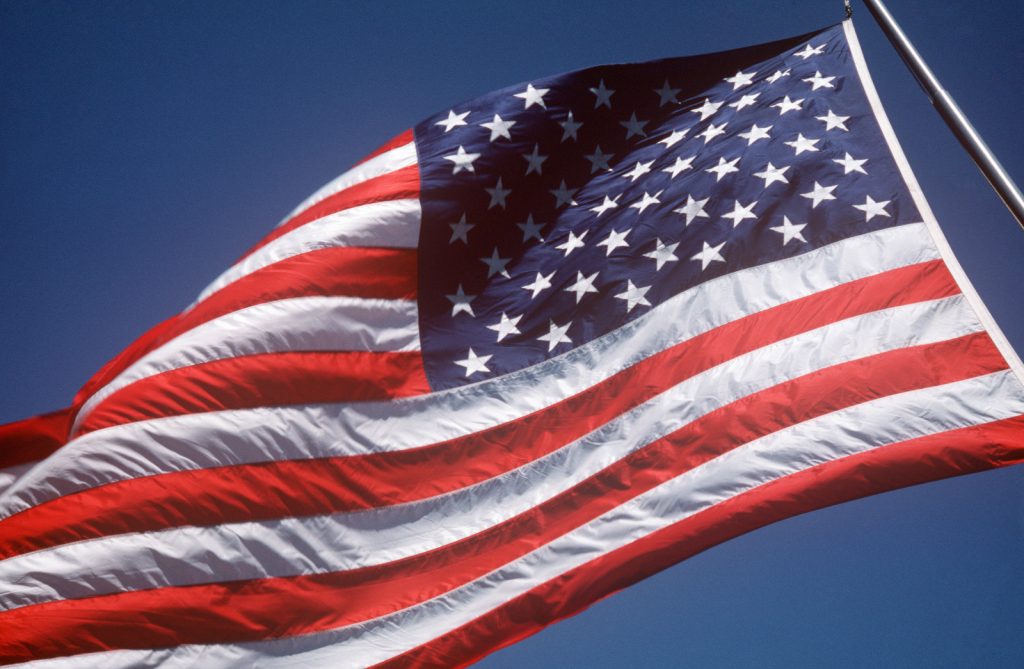A proposed regulation to facilitate electronic patent issuance has been announced by the US Patent and Trademark Office (USPTO). The proposed regulation would eliminate the practice of delivering granted patents to patentees, instead opting to issue them online.
As the world is going from physical to digital, such a regulatory amendment could be essential. Many people’s existing work-from-home arrangements may have merely expedited this change. The USPTO is also not the first intellectual property office to switch to an electronic-only patent grant certificate. In March 2020, the Chinese Intellectual Property Office ceased producing paper patent certificates.
Patent Issuance Could Be Accelerated
According to an article by the USPTO’s administration, the proposed procedure will purportedly assist patentees by reducing the pendency of every granted patent by two weeks. This shortened time span, however, has an important side effect.
When an Examiner determines that a patent application is eligible for a grant in the United States, the Examiner issues a Notice of Allowance, which includes a deadline for payment of an issue fee. After payment has been received, an issue notification with the patent number and date of issue is delivered. It’s possible that there will be some delay between these two communications. The issue notification for US Patent No 11,139,690 B2 was sent out on September 15, 2021, with a patent granting date of October 5, 2021, around three weeks later.
This period would be shortened to one week under the proposed new approach.
So long as a patent application is pending, that is, before it has been issued or abandoned, the US enables further continuation or continuation-in-part (“continuation”) applications to be submitted. Commercially, continuation applications are useful because they allow a patentee to have both a patent for their innovation and a pending application that can be utilized to prosecute a possible infringement.
Reducing the time it takes for a granted patent to expire limits the amount of time a company has to decide whether or not to file a continuation application. The message is clear: file early, ideally before paying the final cost or risk losing the opportunity to file at all. “Time waits for no one,” as the adage goes.
After the patent number is issued, this new approach will result in electronic patent issuance under the USPTO seal and with the Director’s signature within one week, shortening the pendency of every granted patent application by about two weeks.
The list of the USA IP firm can be found here.

